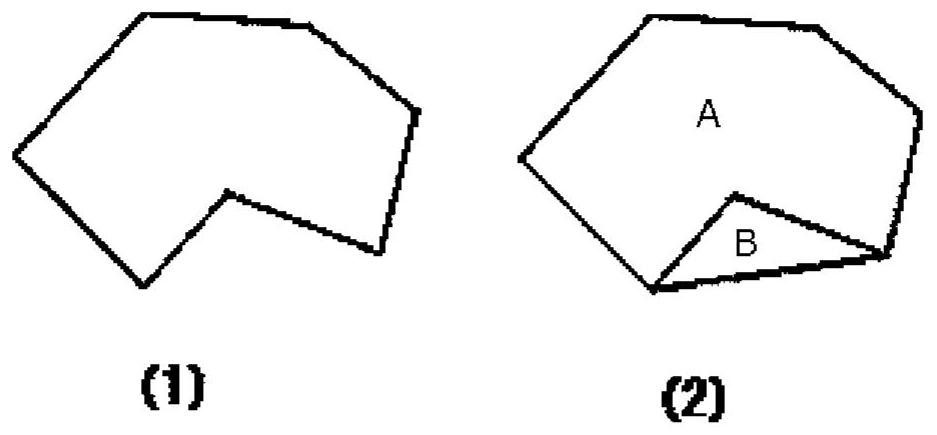Water-absorbing resin particles and production method therefor
A technology of resin particles and manufacturing method, applied in absorbent pads, underwear, clothing and other directions, can solve the problems of weak mechanical strength of particles, reduced moisture absorption resistance, blockage of process particles, etc., and achieves high liquid permeability, high water retention capacity, and dryness Excellent effect
- Summary
- Abstract
- Description
- Claims
- Application Information
AI Technical Summary
Problems solved by technology
Method used
Image
Examples
Embodiment
[0118] The present invention will be further described below through examples and comparative examples, but the present invention is not limited thereto. Hereinafter, unless otherwise specified, parts represent parts by weight, and % represents % by weight.
[0119] Absorption after 5 minutes of DW, water retention, capillary absorption, particle defect degree, absorption under load, gel liquid passing speed, liquid return, whitening speed, hygroscopic adhesion test, odor sensory test at 25±2°C, humidity 50 The ±10% chambers were measured by the following methods, respectively. It should be noted that the temperature of the physiological saline used was previously adjusted to 25° C.±2° C. for use.
[0120]
[0121] The water-absorbent resin particles and physiological saline were used for measurement according to the DW method described in paragraphs 0117 to 0121 of JP-A-2014-005472, and the absorption amount (g ).
[0122]
[0123] Add 1.00 g of the test sample to a te...
Embodiment 1
[0149] Acrylic acid (a1) {Mitsubishi Chemical Co., Ltd., purity 100%} 131 parts, internal crosslinking agent (b-1) {pentaerythritol triallyl ether, Daiso Co., Ltd.} 0.44 parts, and deionized water 362 parts were stirred • Keep at 3°C while mixing. Nitrogen was flowed into the mixture so that the amount of dissolved oxygen was 1 ppm or less, and then 0.5 parts of a 1% hydrogen peroxide solution, 1 part of a 2% ascorbic acid solution, and 2% of 2,2'-azodiamidinopropane dihydrochloride were added and mixed. 0.1 part of aqueous solution to initiate polymerization. After the temperature of the mixture reached 80°C, it was polymerized at 80±2°C for about 5 hours, whereby a hydrogel was obtained.
[0150] Next, this hydrogel was subdivided into about 1 mm square with scissors, and 162 parts of 45% sodium hydroxide aqueous solution was added. Further use a shredder with a grid diameter of 16mm (12VR-400K manufactured by ROYAL company) to chop 4 times at a gel temperature of 80°C, ...
Embodiment 2
[0153] Water absorbent resin particles (P-2) were obtained in the same manner as in Example 1, except that ethylene glycol diglycidyl ether as a surface crosslinking agent was used in an amount of 0.12 parts by weight.
PUM
 Login to View More
Login to View More Abstract
Description
Claims
Application Information
 Login to View More
Login to View More - R&D
- Intellectual Property
- Life Sciences
- Materials
- Tech Scout
- Unparalleled Data Quality
- Higher Quality Content
- 60% Fewer Hallucinations
Browse by: Latest US Patents, China's latest patents, Technical Efficacy Thesaurus, Application Domain, Technology Topic, Popular Technical Reports.
© 2025 PatSnap. All rights reserved.Legal|Privacy policy|Modern Slavery Act Transparency Statement|Sitemap|About US| Contact US: help@patsnap.com



